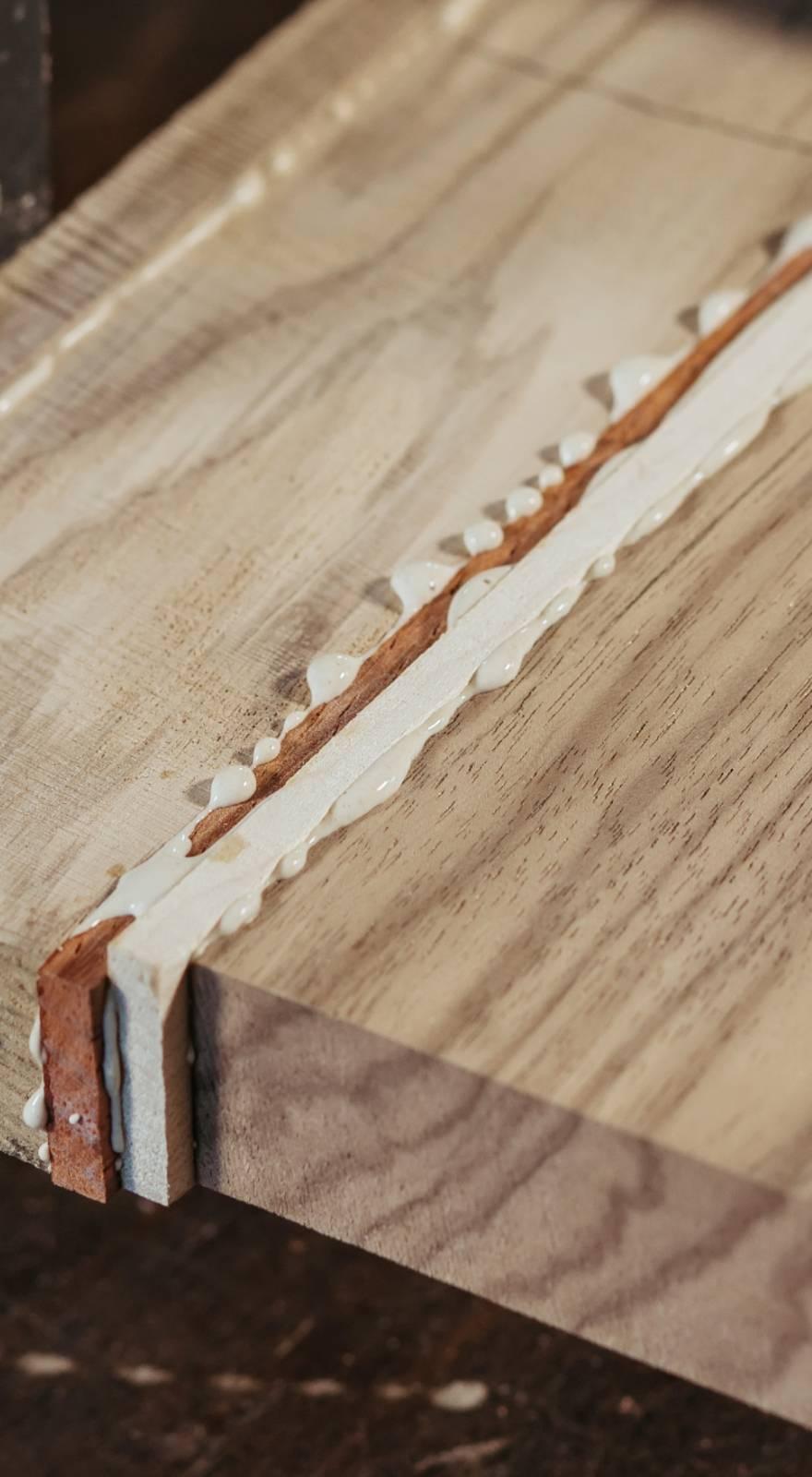Knowde Enhanced TDS
Identification & Functionality
- Technologies
Features & Benefits
- Ready-to-Use Product Features
Applications & Uses
- Applications
- Recommended Applications
As a pressure-sensitive adhesive, it can be applied to PET, aluminum foil and other substrates by traditional high-temperature tape coating equipment to produce pressure-sensitive adhesive tape with special properties. It has good high temperature resistance and chemical resistance, and can also be applied to printing. Circuit board plating process masking, SMT process, FPC, PCB board, sand blasting, painting, high temperature baking varnish, gold plating or plating process, shielding parts, and electronic and electrical products, such as insulation and wrapping.
- Instruction for Use
- Due to factors such as substrate, coating equipment, curing cycle and required characteristics, the curing agent (peroxides such as BPO or DPP, BPO is recommended) is added in an amount of 1.5 to 2.5% of the amount of glue. In order to ensure the best mixing of the curing agent and the adhesive, first dissolve it completely in the solvent and then add it to the glue, stir and mix. At the same time, it should be filtered once more than 180 mesh before coating on the machine to prevent the mixing of color paste or other foreign particles.
- The use of a curing agent can speed up the curing or allow curing at low temperatures, and can also improve the cohesive strength of the adhesive and improve its adhesion to the substrate. The peroxyl dispersion after mixing can only be used for one to two days because the peroxide quickly loses its activity in the solvent. Adequate dispersion of the adhesive and peroxide during the mixing process is necessary to ensure consistency in the finished product.
- The adhesive can be directly coated with a traditional tape coating device. Before the coating, it can be further diluted with a solvent such as toluene or xylene. The concentration of the working solution is preferably about 35%, depending on the respective Equipment and experience to determine. The solvent must be well ventilated when applying the solvent, and please observe the solvent supplier's safety precautions and related regulations.
- In some applications, due to insufficient bonding of the adhesive to the backing material, it may be necessary to apply a primer before applying the adhesive. The primer material must be cured prior to use. The curing conditions depend on the performance of the equipment, the type of substrate, and the formulation used.
- Surface vulcanization cycle: 80-90℃*2 min solvent removal to ensure that no solvent is present in the adhesive when it enters the curing zone; 160-170℃*6 min, through thermal curing to make its adhesion, cohesive strength and The initial adhesion is further strengthened. However, the exact conditions required for complete vulcanization depend on the length, temperature and efficiency of the furnace, the type of curing agent, and the type of substrate used, and must be tested on the equipment to determine this condition.
- If the equipment and substrate allow higher curing temperatures, the curing time can be shortened. Increasing the curing temperature allows the cohesive strength of the adhesive to be achieved in a shorter time than low temperature curing.
Properties
- Physical Form
- Appearance
- Colorless Transparent Viscous Liquid
- Typical Properties
- Note
Proportion of rubber, according to the original glue: thinner: BPO = 100:65:1.5-2.0 ratio, after 90℃*2min solvent removal, 160℃*6min curing; test conditions: temperature 25℃, humidity 55- 65%, PET film thickness is 38um, dry glue thickness is 22-25um.
| Value | Units | Test Method / Conditions | |
| pH value | 7 | — | — |
| Proportion(25°C) | 0.98 | — | — |
| Sticky (230°C,3h) | No displacement | — | — |
| Temperature Resistance(230°C,30min) | Hot peeling | — | — |
| Viscosity at 25°C | 3-12W | cs | — |
| Initial Sticky (Steel ball,∠30) | 16-23 | — | — |
| Solid content (150°C,2h) | 59-61 | % | — |
| Peel Strength (Add color paste 1%) | min. 800 | g/25um | — |
| Peel Strength (PET Transparent film) | min. 900 | g/25um | — |
Packaging & Availability
- Packaging Type
- Packaging
Put it into a clean and dry 200kg iron drum and seal it with a lid.
Storage & Handling
- Storage
Store at room temperature (0 ~ 35℃), storage period is 6 months (qualified inspection, still available) to prevent direct sunlight, storage and transport according to flammable products.

